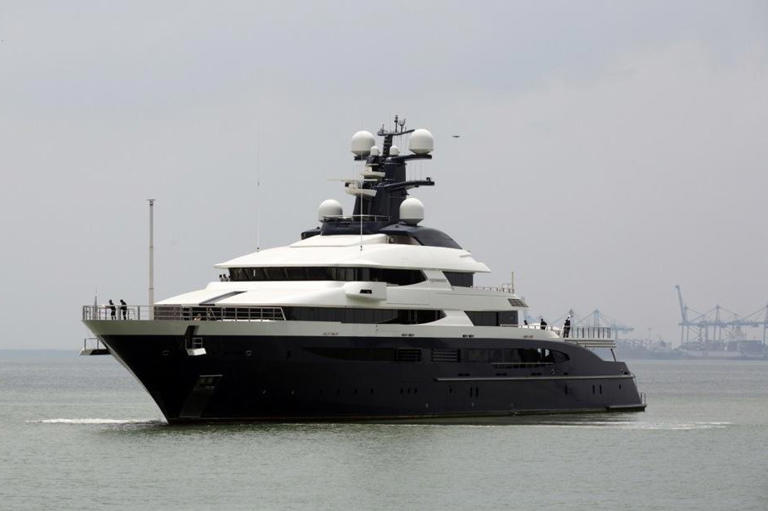The U.S. Department of Justice (DOJ) has recently achieved a significant milestone in its efforts to address the 1Malaysia Development Berhad (1MDB) scandal by recovering nearly $85 million in assets. This substantial sum includes not only cash but also valuable artworks and diamond jewelry. Among the recovered artworks are pieces by renowned artists such as Pablo Picasso, Claude Monet, Vincent Van Gogh, Diane Arbus, and Jean-Michel Basquiat. These assets were allegedly acquired through the embezzlement of billions of dollars from 1MDB, Malaysia’s sovereign investment fund, a case that has captured global attention due to its scale and complexity.
The recovery of these assets is part of a broader investigation into the massive financial misconduct involving 1MDB. The fund, established to promote economic development in Malaysia through foreign investment and global partnerships, was instead misappropriated for personal gain by those at the helm. Low Taek Jho, commonly known as Jho Low, and his associates are at the center of this scandal. They are accused of embezzling over $4.5 billion from the fund between 2009 and 2015. The DOJ’s actions reflect ongoing efforts to recoup these misappropriated funds and hold those responsible accountable.
Jho Low, a central figure in the scandal, is alleged to have used some of the embezzled funds to purchase luxury assets, including the high-value artworks and jewelry recently recovered by the DOJ. The department’s recent announcement reveals that, in addition to the artworks, Low’s associates also possessed diamond jewelry acquired with the embezzled money. This marks a significant development in the DOJ’s broader investigation, which has already led to the recovery of substantial assets associated with this international financial crime.
A notable aspect of the DOJ’s recent actions involves Jasmine Loo Ai Swan, the former general counsel of 1MDB. Loo has agreed to cooperate with the DOJ’s investigation, leading to the surrender of a Picasso artwork and $1.8 million in cash. This cooperation is part of a legal agreement but does not absolve Loo of potential criminal charges related to her role in the scandal. The DOJ’s efforts to recover assets and hold individuals accountable continue, with Loo’s agreement being a critical part of these ongoing efforts.
Jho Low has also been involved in legal proceedings, agreeing to forfeit various artworks purchased with the embezzled funds. This agreement includes a significant $100 million asset forfeiture deal reached in June. The combined total of assets forfeited by Loo and Low amounts to approximately $85 million. These actions were formalized through the U.S. District Court for Central California, reflecting the judiciary’s role in addressing the complexities of international financial crimes.
The DOJ’s efforts are part of a larger global investigation into the 1MDB scandal, which has led to the recovery of about $1.4 billion in assets returned to Malaysia. This recovery underscores the international commitment to addressing financial corruption and misconduct. Alongside these asset forfeitures, Jho Low faces additional criminal charges. These include charges related to conspiracy to launder the embezzled funds and violations of the Foreign Corrupt Practices Act, involving allegations of bribing officials in Malaysia and the United Arab Emirates. He is also accused of concealing foreign campaign contributions made during the 2012 U.S. presidential election. These additional charges have been filed in the U.S. District Court for Eastern New York.
The recovery of these assets and the ongoing legal proceedings highlight the significant global efforts to address the corruption and financial misconduct associated with the 1MDB scandal. They also emphasize the commitment of international authorities to hold those involved accountable and return the misappropriated funds to their intended purposes. This case continues to evolve, reflecting the complexities and challenges of addressing large-scale financial crimes on a global scale.
